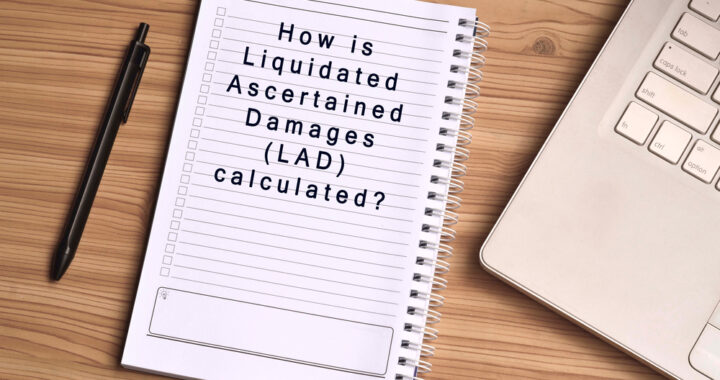A recent summary judgment opinion from the Armed Services Board of Contract Appeals (ASBCA), Appeals Of – BCI Construction USA, Inc.,ASBCA No. 6257, 2024 WL 773324 (2024), contains a worthy discussion regarding a contractor’s challenge to the government’s assessment of liquidated damages, specifically the enforceability of the liquidated damages rate. Although this challenge is in the federal context, this discussion would be more expansive and apply outside of the federal context.
When dealing with the enforceability of a liquidated damages, the ASBCA “examines whether the liquidated damages amount ‘is extravagant, or disproportionate to the amount of property loss, as to show that compensation was not the object aimed at or as to imply fraud, mistake, circumvention or oppression.” Appeals of – BCI Construction USA, Inc. (citation omitted).
First, the government argued that the contractor waived the right to challenge enforceability of the liquidated damages provision. The government argued this should have been raised in a pre-bid, bid protest regarding the terms of the solicitation. The ASBCA shot this down holding the contractor did NOT waive the right to challenge the liquidated damages rate by not challenging it before its bid as “there was no ‘patent error” of which [the contractor] was aware at the time it submitted its bid. Indeed, there is no allegation that [the contractor] had any knowledge of what it believed might be in error regarding the liquidated damages amount set forth in the IFB [Invitation For Bid].” Appeals of – BCI Construction USA, Inc.
Second, as to the reasonableness of the liquidated damages rate, “‘liquidated damages clauses are perfectly allowable so long as they do not appear to have been designed as a punishment for late performance but, instead, reflect an attempt to place a value on late performance in circumstances where ascertaining that value would be otherwise difficult, if not impossible.’” Appeals of – BCI Construction USA, Inc. (citation omitted).
The contractor bore the burden to challenge the liquidated damages rate was unenforceable. The ASBCA noted this burden “‘is an exacting one, because when damages are uncertain or hard to measure, it naturally follows that it is difficult to conclude that a particular liquidated damages amount or rate is an unreasonable projection of what those damages might be.’” Appeals of – BCI Construction USA, Inc. (citation omitted).
The contractor claimed the liquidated damages rate was not reasonably related to the government’s anticipated damages if the contractor completed the project late. The ASBCA found the daily liquidated damages rate was .001 percent of the contract price and “[t]here is nothing inherently unreasonable about a per day reduction that equates to 1/100 of one percent of the contract price.” Appeals of – BCI Construction USA, Inc.
Moreover, the ASBCA explained, “regardless of how the liquidated damages figure is derived, the clause will be enforced if the amount is reasonable for the particular agreement at the time it was made. This especially is true because, as noted by the Court of Claims, ‘[t]he Government’s damages stemming from delayed receipt of the supplies or construction it ordered are normally hard to measure.” Appeals of – BCI Construction USA, Inc. (citation omitted). Therefore, the ASBCA found the contractor did not carry its burden to support the liquidated damages rate served as an unreasonable projection.
Third, the contractor argued that the government was assessing liquidated damages beyond the date of substantial completion, which was improper. The contractor argued the project was substantially completed on April 23, 2021, which was when the project was capable of serving its intended purpose. The government opposed this because there were numerous (at least 104) items yet to be completed. The ASBCA held there was a question of fact as to when substantial completion occurred: “‘Whether a contract has been substantially completed is a question of fact and a project is considered substantially completed when it is capable of being used for its intended purpose.” Appeals of – BCI Construction USA, Inc. (citation omitted).
Please contact David Adelstein at dadelstein@gmail.com or (954) 361-4720 if you have questions or would like more information regarding this article. You can follow David Adelstein on Twitter @DavidAdelstein1.

